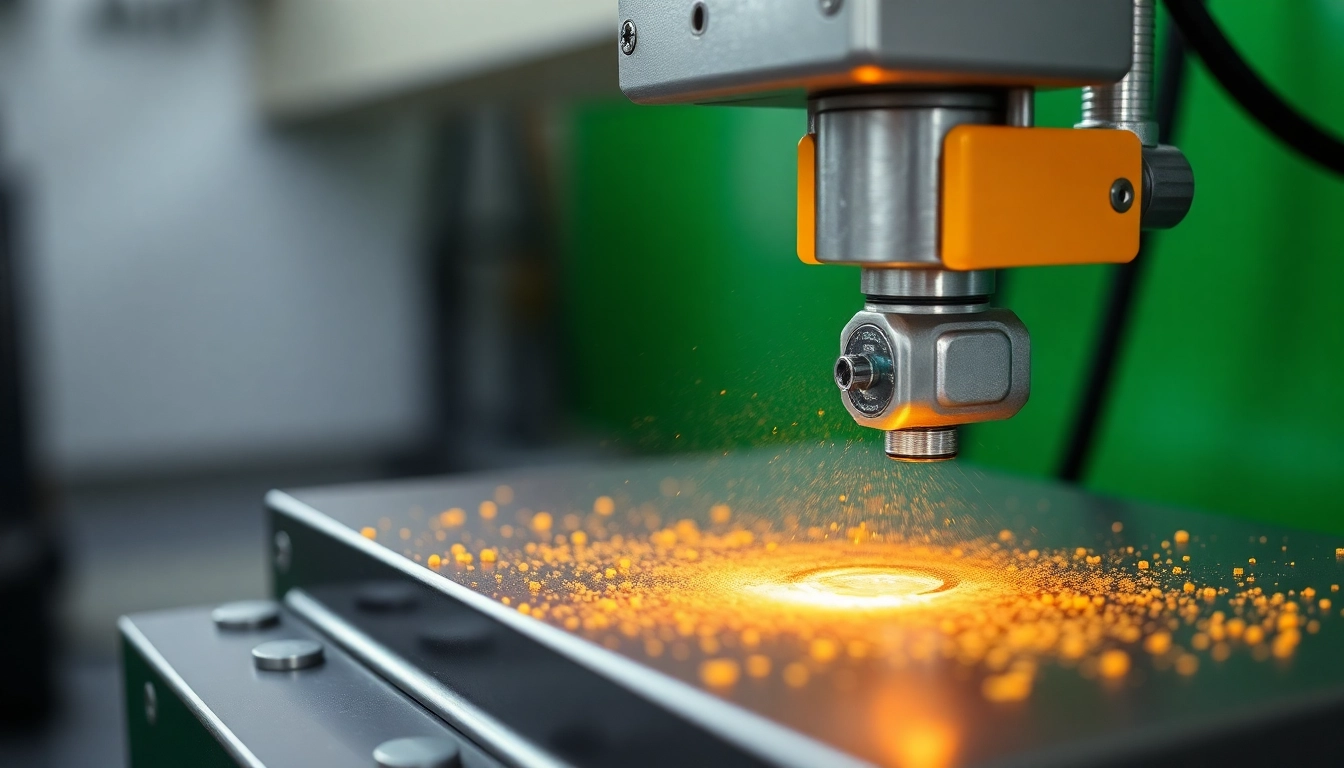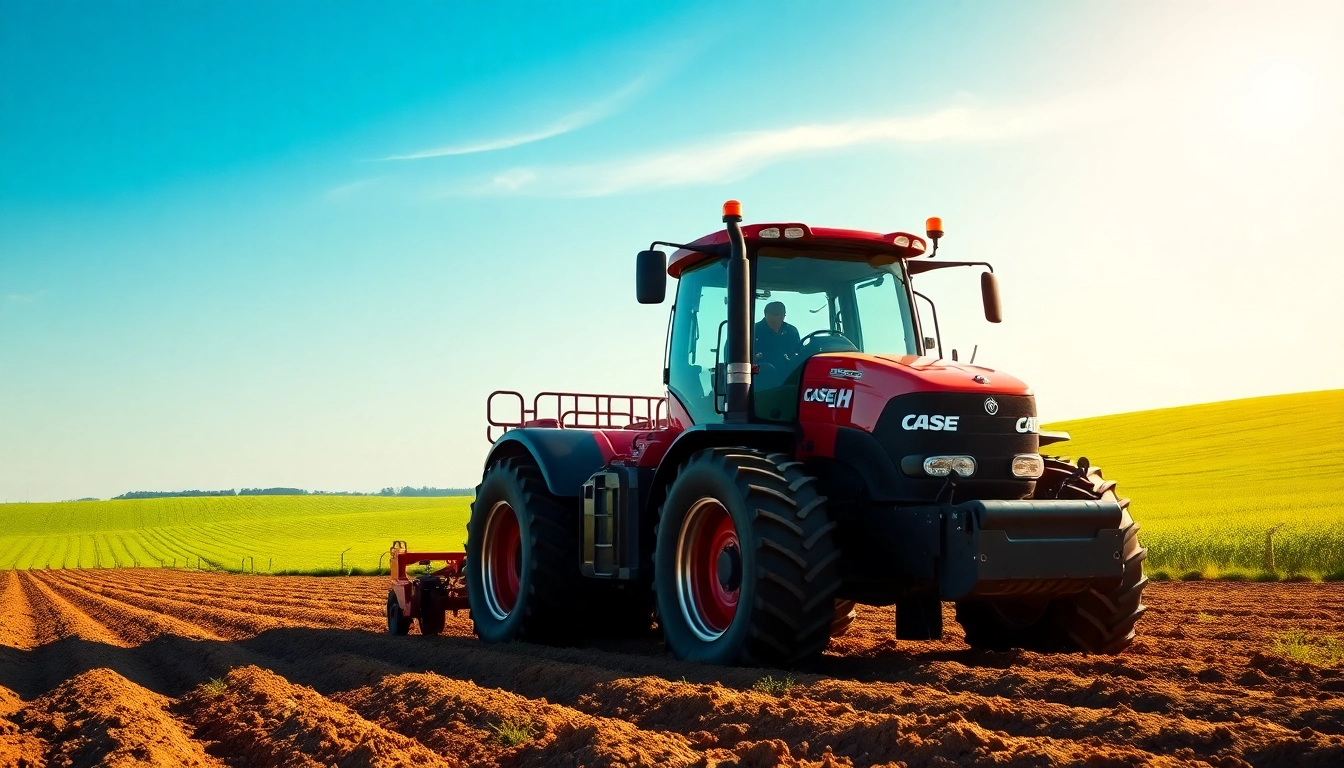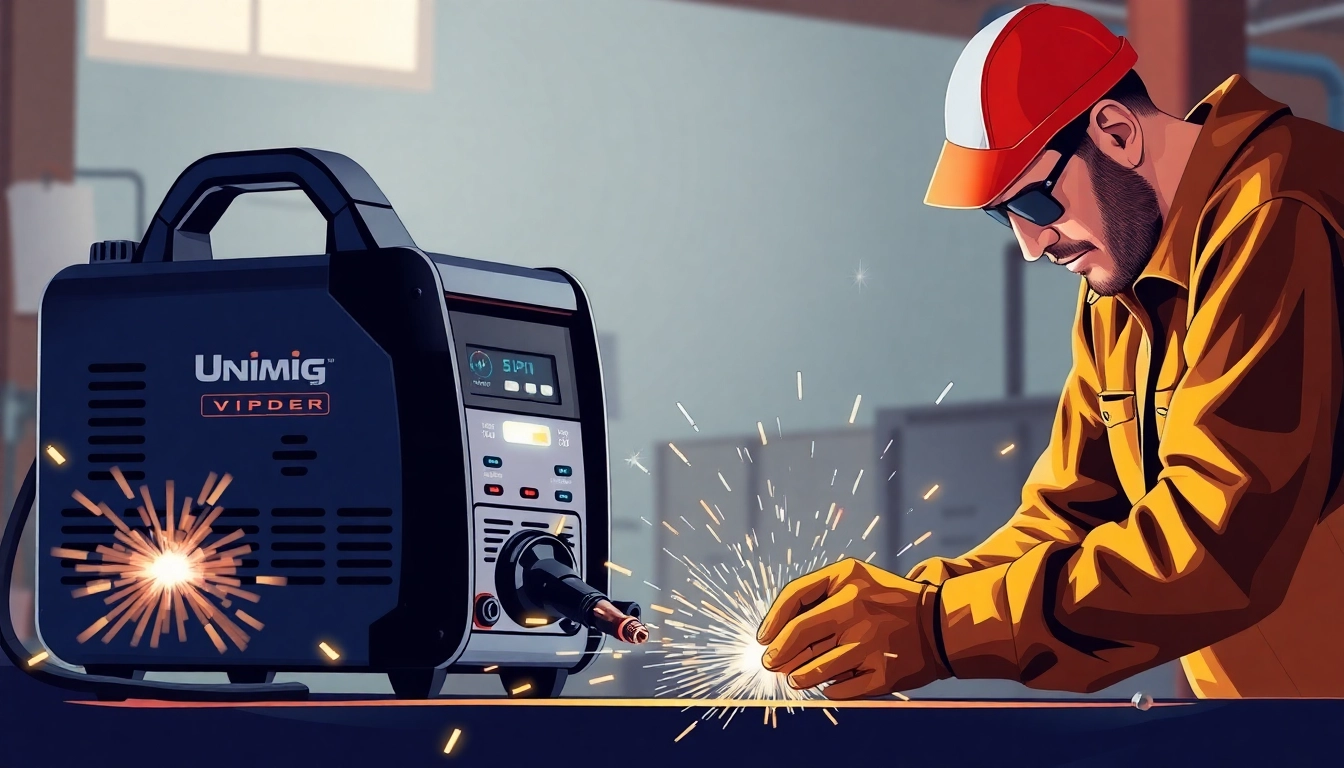Introduction to Filling Machines
Filling machines are essential components in various industries, most notably in food and beverage, pharmaceuticals, and cosmetics. These machines are designed to automate the process of filling containers with precise amounts of liquid or solid products, enhancing efficiency and accuracy in packaging lines. A well-designed filling machine can significantly uplift production levels while ensuring product quality and reducing labor costs.
In this comprehensive guide, we will delve into what filling machines are, their historical development, their significance in modern industries, the different types available today, their core components, best practices for efficient operation, and the future trends influencing this pivotal equipment.
What is a Filling Machine?
A filling machine is a specialized equipment that dispenses a specific volume of liquid or solid product into a container. It operates on various principles such as volume, weight, or count, ensuring that each container receives the precise amount of product. This precision is crucial in maintaining quality control and meeting regulatory compliance in many industries.
Filling machines can operate on different levels of automation, which allows for versatility in different manufacturing environments. Whether for small-scale operations or high-volume productions, filling machines play a pivotal role in the packaging process.
History and Evolution of Technology
The concept of filling machines dates back to the early 1900s when manual methods dominated the packaging industry. The transition from manual to automated systems began in the mid-20th century, driven by the need for higher efficiency and consistency in product packaging.
Since then, technology has advanced significantly, introducing pneumatic and electronic systems that have enhanced the functionality of filling machines. The integration of AI and IoT technologies has further advanced filling machine capabilities, enabling smarter, quicker, and more efficient operations.
Importance of Filling Machines in Industry
Filling machines are vital for several reasons:
1. Efficiency: Automating the filling process significantly reduces the time required to fill containers compared to manual methods.
2. Accuracy: Filling machines precisely measure product volumes, which minimizes waste and ensures product consistency.
3. Labor Savings: By replacing manual labor with automated equipment, businesses can reduce labor costs while also reducing the likelihood of injuries associated with manual filling.
4. Quality Control: Ensuring that each product is filled to the correct level increases quality and customer satisfaction.
Given these benefits, it is no surprise that filling machines have become indispensable in modern manufacturing processes.
Types of Filling Machines
As the industry has progressed, numerous types of filling machines have emerged to meet diverse needs. They can generally be categorized based on their operation: manual, semi-automatic, and fully automatic.
Manual vs. Semi-Automatic Filling
Manual Filling Machines: These require human intervention for the filling process. Manual machines are typically cheaper and suited for small-scale operations but can be labor-intensive and time-consuming.
Semi-Automatic Filling Machines: These machines require some level of operator input but automate major functions. They are more efficient than manual machines and offer a suitable option for growing businesses that want to balance cost and efficiency.
Fully Automatic Filling Machines: Advantages and Disadvantages
Advantages:
– High efficiency for large-scale production.
– Reduced labor costs due to minimal human intervention.
– Consistent filling accuracy and speed.
– Less risk of contamination.
Disadvantages:
– Higher initial investment compared to manual and semi-automatic options.
– Complexity may require specialized personnel for operation and maintenance.
– Potential for significant downtime if maintenance is required.
Comparative Overview of Popular Filling Machine Models
When considering different filling machines, several models stand out based on their specifications and industry applications. Some popular options include:
– Piston Filling Machines: Most effective for thicker liquids and consistently fills containers with a predetermined volume.
– Vacuum Filling Machines: Ideal for filling containers with foamy or volatile products, utilizing a vacuum pressure system to ensure consistent fill levels.
– Peristaltic Filling Machines: Great for sensitive liquids, these machines minimize product contact with the machine parts, preserving product quality.
Each of these models has unique functionalities tailored to specific needs, making it essential to choose the right one based on the product characteristics and production goals.
Main Components of a Filling Machine
Understanding the primary components of filling machines is crucial for maintenance, operation, and selection. Here are the main elements that define how a filling machine operates.
How Do Filling Machines Work?
Filling machines generally consist of:
– Filling Head: This component dispenses the liquid product into containers. The number of filling heads can vary, allowing for multiple containers to be filled simultaneously.
– Control Panel: Modern filling machines have digital control panels that allow operators to set parameters like fill volume and speed.
– Transport System: This system moves containers into position for filling. It may include conveyor belts for increased efficiency.
– Sensors: Many machines are equipped with sensors to detect the presence of containers, ensuring accurate filling.
The operational flow starts with the container being placed under the filling head, followed by the activation of the filling cycle through the control panel, and culminating with the transport system moving the filled container for further processing.
Features to Consider When Choosing a Machine
When selecting a filling machine, consider the following features:
1. Filling Mechanism: Choose based on the product being filled. Different mechanisms exist for various types of liquids (viscous, foamy, etc.).
2. Filling Accuracy: Check specifications regarding the machine’s capability for precision filling.
3. Speed of Operation: Determine the number of containers filled per minute to gauge efficiency.
4. Container Compatibility: Ensure compatibility with the sizes and shapes of containers you plan to use.
5. Cleaning and Maintenance: Look for machines designed with ease of cleaning in mind, especially in industries where hygiene is paramount.
Maintenance of Filling Machines
Proper maintenance of filling machines is essential for ensuring longevity and optimal functioning. Key maintenance practices include:
– Regularly checking and replacing seals and gaskets to prevent leaks.
– Cleaning the filling heads and transport systems to avoid contamination.
– Periodically calibrating the machine to maintain filling accuracy.
– Conducting preventive maintenance checks as per manufacturer guidelines.
Engaging with professional service providers for routine checks can also help minimize downtime and ensure smooth operations.
Efficient Filling Process
Maximizing the efficiency of filling machines involves more than simply running the equipment. It requires a well-planned process that optimizes every aspect of operation.
Tips for Enhancing Efficiency
1. Training Staff: Properly training operators on machine functions can minimize errors and improve production efficacy.
2. Regular Updates and Calibration: Keeping the machine updated and regularly calibrated ensures consistent performance and minimal errors.
3. Creating a Streamlined Workflow: A well-structured workflow minimizes delays and maximizes throughput by optimizing the movement of filled products.
The Importance of Testing and Calibration
Testing and calibration should be an ongoing process. It ensures that the filling machine operates within the specified parameters and produces consistently accurate results. Regular evaluations allow for quick identification of any discrepancies, which can then be rectified before they lead to significant production issues.
Case Study: Success with Filling Machines
A notable example of successful implementation of filling machinery can be seen in a leading beverage company that transitioned from manual to automatic filling systems. This shift led to an unprecedented increase in productivity, with output rates more than doubling and waste decreasing significantly due to improved accuracy in filling. The company attributed its success to careful selection and maintenance of their filling machines, as well as robust training programs to equip staff with the necessary skills.
The Future of Filling Machines
As technology advances, the future of filling machines looks promising, with numerous innovations on the horizon.
Technological Innovations Influencing Filling Machines
Emerging technologies such as AI and machine learning are expected to significantly influence the capabilities of filling machines. These advancements can lead to enhanced automation levels, predictive maintenance techniques, and data analysis to streamline operations.
Moreover, the integration of IoT in filling machines will allow manufacturers to monitor machines in real-time, facilitating proactive adjustments and performance tracking without manual checks.
Industry Trends in Packaging
The packaging industry is witnessing a shift toward sustainability. Manufacturers are increasingly seeking eco-friendly materials and practices. In alignment with this trend, filling machines are evolving to handle environmentally friendly packaging solutions, including biodegradable packaging and innovative designs that reduce material usage.
Global Market Perspective for Filling Machines
The global filling machine market is projected to grow significantly due to increasing demand across various sectors, notably food and beverage, pharmaceuticals, and chemicals. The rise of e-commerce and the need for efficient logistics and packaging solutions are expected to drive growth, making filling machines more crucial than ever in maintaining productivity standards.
Conclusion
Filling machines stand at the forefront of modern packaging solutions, driving efficiency, accuracy, and quality across numerous industries. Understanding the types, components, and operational procedures associated with these machines can empower businesses to enhance their production processes, thus ensuring sustained growth and customer satisfaction. As technology continues to advance, those willing to adapt and innovate will lead the future of packaging solutions, staying ahead of the competition while responding to the evolving demands of the market.



